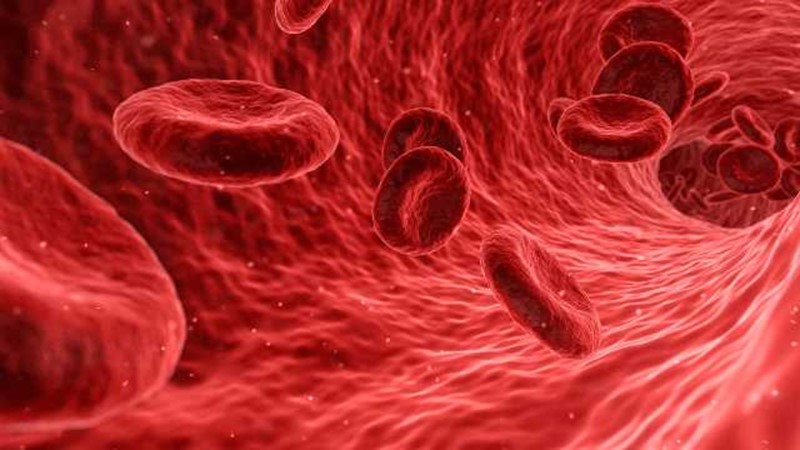
The Lancet, the well-known medical journal published in the United Kingdom, calls it the neglected disease. In Canada, Lanre Tunji-Ajayi,President and CEO of the Sickle Cell Awareness Group of Ontario, (SCAGO), agrees that Sickle Cell Disease (SCD) is not on the minds of many Canadians these days.
Tunji-Ajayi who is also the Co-founder of the Sickle Cell Disease Association of Canada and interim head of the newly formed Global Alliance of Sickle Cell Disease Organizations, says currently, SCAGO doesn’t receive funding from any level of government in Ontario, even though the disease hits more people than other high profile diseases such as Hemophilia and Cystic Fibrosis.
“There are approximately 6,000 people in Canada with SDM,” Tunji-Ajayi told The Caribbean Camera, “ And of that number, about 50 per cent are in Ontario.”
Cystic Fibrosis Canada estimates that CF affects over 4,200 Canadians and the Canadian Haemophilia Society says that Haemophilia A and B affect just over 3,000 people.
Tunji-Ajayi says she is is not suggesting that some of their funding should be turned over to "the SCD cause." She just wants those responsible for providing funds to recognize the need among those suffering with sickle cell disease.
“And so one of our primary functions is to raise awareness of the disease and to fight the stigma that is somehow attached to SCD.”
Sickle cell disease, also known as sickle cell anemia, is the most common genetic disease in the world. It is caused by an abnormal form of haemoglobin and is passed on to a child from both the mother and the father.
SCD affects hemoglobin, which is a protein that carries oxygen in red blood cells to all tissues of the body. Sickle cells are fragile and do not survive as long as normal red blood cells making individuals with SCD anaemic. This means that suffers may look pale and feel weak.
While in Canada and the United States, babies born with SCD can now be expected to survive into adulthood. the prognosis in Africa and India is not as favourable.
Over 150,000 people in Ontario carry a single sickle cell gene and so have sickle cell trait. The majority of these individuals are not aware of their carrier status and are at risk of having a child affected with SCD.
The sickle cell trait is a significant public health concern, as without routine screening and awareness among the general public, the number of people in Canada affected by sickle cell disease will continue to grow.
“Here in Canada it tends to affect the Black community, (be it Caribbean or African),” she continued. “ We really do need the federal and provincial governments to not racialize health issues. They should consider having a portfolio for minority health problems.”
“We knock on doors, of course. In fact, in the last provincial government we were working with MPP Michael Couteau, to get support, “ said Tunji-Ajayi. “We were so so close, but the new government has shut the door on us. However, we will be back."
The Sickle Cell Awareness Group of Ontario is marking its 15th year on June 19 which is also World Sickle Cell Day. That designation came about at the request of the World Health Organization and the United Nations as a way of raising awareness of the disease.
" In Ontario, communities will be supporting the cause with special red lighting of buildings in towns and cities, including Toronto’s CN Tower and the Niagara Falls."
“ We have decided to postpone our 15th anniversary events including a gala fundraiser and a fundraising run,” she added.. “ Most of our activities are now online because of the COVID-19 issue.
" While the internet helps people get information quickly and can connect people with health experts, many who suffer from the disease don’t have the necessary electronics to get access to the Web and our information. SCAGO is always on the outlook for donations of smart phones, tablets and computers.”
On Saturday morning ( May 22), SCAGO will be holding a two-hour webinar with a panel of doctors and health experts. They will be talking about cure options and clinical trials for the disease.
The group will also be holding more "information events" online throughout the year and will be using its June 19th anniversary to push awareness about the disease.
Sidebar
Sickle Cell Disease can cause pain attacks without warning, with a pain level described as higher than childbirth labour pain and cancer related pain.
The red cell sickling and poor oxygen delivery can also cause organ damage. Over a lifetime, SCD can harm a person’s spleen, brain, eyes, lungs, liver, heart, kidneys, joints, bones, or skin. It can cause stroke in children as young as two years of age! At the present time, hematopoietic stem cell transplantation is the only cure for SCD


